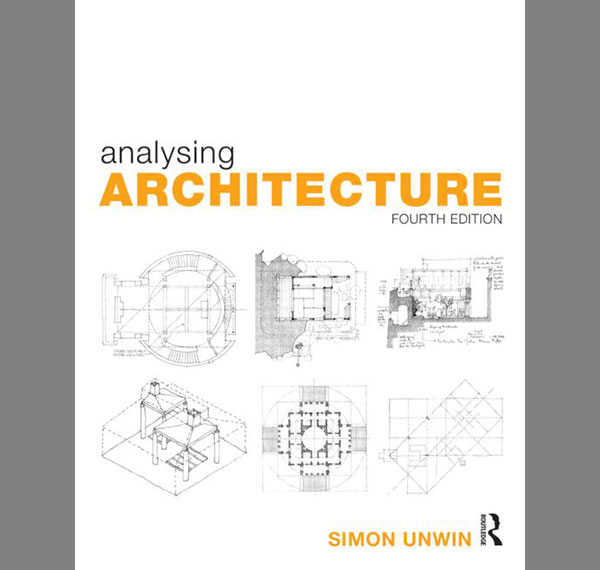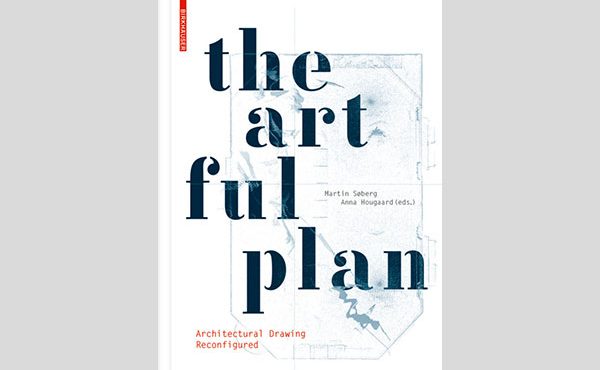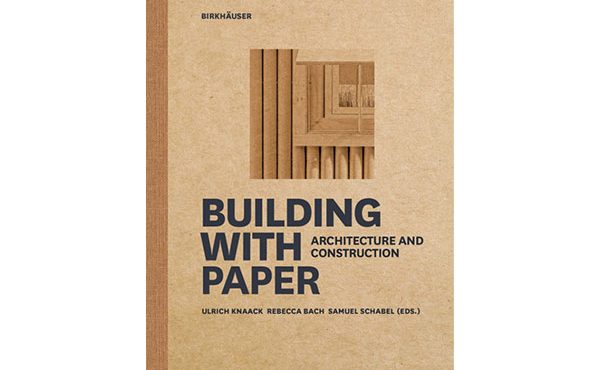
Author: Simon Unwin (Routledge, 2014)
At a time when increasing complexity seems to be the overriding direction in all fields, lucidly describing the fundamentals is becoming increasingly difficult. This is particularly true of architecture – an ancient discipline as old as civilization, itself, that has been the breeding ground for all sorts of theories and heated debates. This makes rare books like Simon Unwin’s Analysing Architecture that much more significant.
First published in 1997, the book is currently on its fourth edition due to its reputation internationally as one of the best introductions to architecture. Oddly enough – and perhaps because American authors like Francis Ching seem to hold the most sway, locally – in my many years as an architecture student, practitioner and teacher of architecture, I only heard of the book relatively recently. And I consider myself worse off because it.
The premise of the Analysing Architecture is that, “one’s capacity for doing architecture can be developed by studying how it has been done by others.” allowing students to developing their own toolbox of design strategies through critically looking at diverse architectural solutions. In Unwin’s words, the book offers “observations on architecture, its elements, their powers, the conditions that affect it and attitudes that might be adopted in doing it.”
The information within is based on the content of a number of his personal (and incredible) ‘notebooks’ – several of which are available for download online for minimal cost. Unwin’s ‘Place’ and ‘Heart’ Notebooks can even be downloaded free of charge. All of them are well worth it.
Like all the strongest introductory books I’ve read on architecture, the language throughout Analysing Architecture is clear and articulate, intelligent and dense with information, yet easy for any person to follow – perfect for a book intended to help students begin to develop fluency in the language of architecture, as well as those simply interested in gaining insight as to the how to read and understand the built environment.
The book is richly illustrated with the author’s lovely and informative pencil drawings of buildings that span place and time. These are intimately connected to the content. Most drawings are plans and cross-sections, as each best shows the underlying ideas and conceptual strategies of the works. Thorough captions accompany each image and uniquely include references for more information on examples drawn. I found the latter invaluable as I read about projects that I had never heard of before.
Analysing Architecture is divided into five broad sections. The first three chapters – Introduction, How Anaylsis Helps Design, and Architecture As Identification of Place – lay the general foundation for book, highlighting that nature of architectural analysis and Unwin’s argument that the creation of place is the primary concern of architecture.
The next nine chapters – Basic Elements of Architecture, Modifying Elements of Architecture, Elements Doing More Than One Thing, Using Things That Are There, Primitive Place Types, Architecture as Making Frames, Temples and Cottages, Geometries of Being, and Ideal Geometry – elaborate on the means by which architecture identifies places. They offer more conceptual underpinnings of architecture. As Unwin describes many time throughout the book, architectural works combine and integrate a variety of the issues discussed, but each chapter focuses on one particular theme (and related sub-themes) in order to simplify and easily demonstrate how they are evident in a number of architectural works.
As a wonderful complement to the above, the following seven chapters underline more concrete, fundamental design strategies used in organizing space – Space and Structure, Parallel Walls, Stratification, Transition, Hierarchy, Heart, Occupying the In-Between, Inhabited Wall, as well as Refuge and Prospect. As stated earlier, each is described alongside a number of magnificent drawings that clearly demonstrate the strategy in practice.
Two short Postscripts cap the main content of the book and lead to the final, Case Studies, section within which Unwin analyses 12 different old and new architectural works from around the globe. Each study is, on average, between 2-6 pages and is analysed using the themes and strategies he described earlier in the book – allowing readers to see how one can put the content into practice.
Cover-to-cover, Analysing Architecture lives up to its acclaim as an engaging, thoughtful and beautiful introduction to architecture. As with all great books on fundamentals, its lessons are timeless and I don’t hesitate to say that is must-read for architecture students and anybody craving to get a better understanding of the creation of place through architecture.
***
For more information on Analysing Architecture, visit the Routledge website or the accompanying website. To get more information on Simon Unwin and all the books he has written (including the downloadable notebooks!!!!) be sure to visit his personal website.
**
Erick Villagomez is one of the founding editors at Spacing Vancouver. He is also an educator, independent researcher and designer with personal and professional interests in the urban landscapes. His private practice – Metis Design|Build – is an innovative practice dedicated to a collaborative and ecologically responsible approach to the design and construction of places. You can see more of his artwork on his Visual Thoughts Tumblr.




